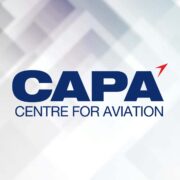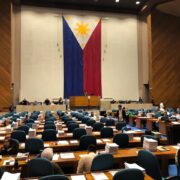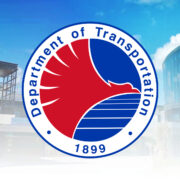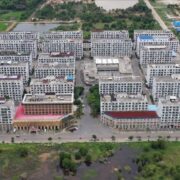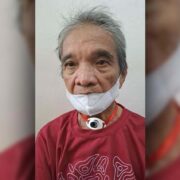‘Super body’ to tackle education, labor gap
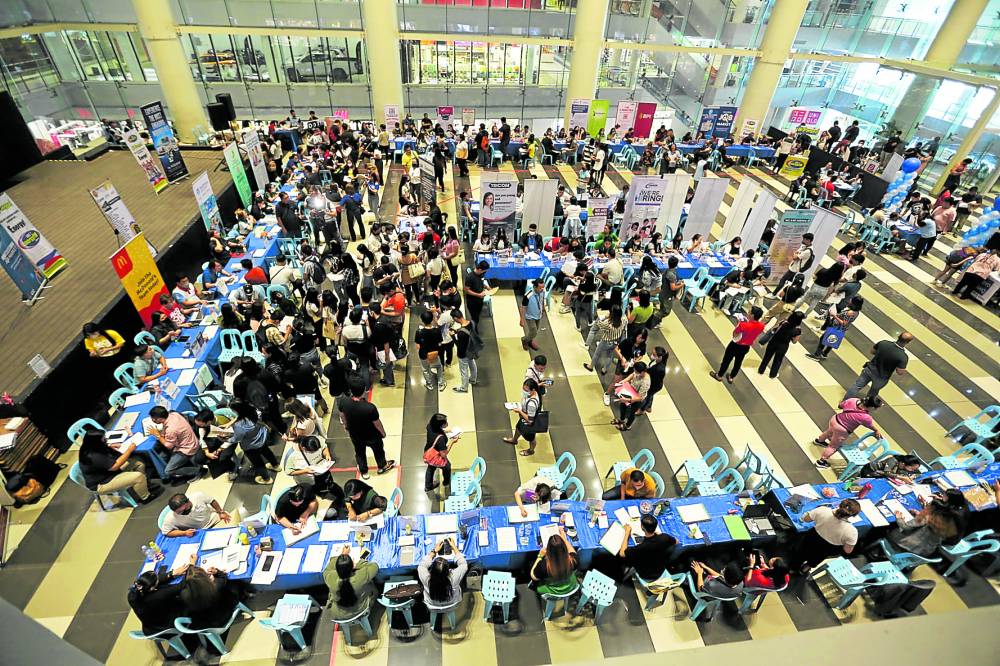
President Marcos has organized a “super body” to tackle the mismatch between the needs of the education sector and the demands of the labor industry.
The President on Aug. 13 signed Administrative Order (AO) No. 36, establishing the Education and Workforce Development Group (EWDG) as the central coordinating body on all matters related to education and workforce development.
The order “is necessary to… address longstanding concerns in the education sector and foster a complete, adequate, and integrated education system in the country,” AO 36 read in part.
This is apart from the Enterprise-Based Education and Training Framework Act which Mr. Marcos signed into law in November last year to also address the critical issue of underemployment.
The EWDG will be headed by the President as chair, the secretary of the Department of Education (DepEd) as cochair and the secretary of the Department of Labor and Employment (Dole) as vice cochair.
It will have as members the heads of the Commission on Higher Education; Department of Migrant Workers; Department of Economy, Planning, and Development; and Technical Education and Skills Development Authority.
Long-standing challenges
The EWDG’s main task is to formulate a National Education and Workforce Development Plan (NEWDP) spanning 10 years or way beyond Mr. Marcos’ term.
This plan will guide concerned government agencies in formulating and implementing strategies “to align the country’s education and workforce systems with the rapidly evolving demands of the global economy.”
The NEWDP will address the long-standing challenges confronting the education sector—encompassing childhood education, basic education, higher education and vocational skills training.
The plan will also identify priority programs, activities and projects for the education sector, with focus on learning recovery, tracking learner progress, and meeting the current and future human resource requirements of the sector.
It will provide mechanisms to strengthen the country’s labor market information system to guide the decision-making of learners and educational institutions.
The NEWDP will also serve as a blueprint for policies and programs of concerned agencies, particularly those on scholarship programs, teacher training and specialization, and offerings in senior high school, higher education, and technical and vocational education and training.
The EWDG will evaluate all existing inter-agency bodies with duties and functions related to education and workforce development, and propose mechanisms to streamline and rationalize them.
With this, the EWDG may recommend to the President if these government bodies can be merged, streamlined or abolished based on their structure, duties, functions and performance.
It is tasked to submit monthly reports to the President and the Executive Secretary on its performance and activities, including updates on the formulation of the NEWDP, evaluation of inter-agency bodies, and implementation of education and workforce development programs.
‘Continuing paradox’
Experts have warned that the mismatch between education and labor was no longer just an unemployment issue but an economic crisis that may need another overhaul of the education system.
AO 36 cited the findings of the Second Congressional Commission on Education (Edcom 2) which highlighted such problems as the fragmented implementation of education programs, misaligned teacher development efforts, and inconsistent education plans and policies.
Edcom 2’s 398-page report last year, titled “Miseducation: The Failed System of Philippine Education,” outlined the education sector’s problems—from early childhood to higher education—and laid down 40 recommendations.
The country’s public school system alone is still lacking 56,000 teachers. Furthermore, the country faces a massive classroom backlog of 165,000, as Education Secretary Sonny Angara himself had acknowledged.
Last month, nonprofit Philippine Business for Education (PBEd) again pointed out the widening gap between graduates and employment, and also noted that students’ performance and teaching quality continue to decline.
These factors exacerbated the problem of graduates struggling to find jobs despite having diplomas—and despite the widely touted K to 12 (Kindergarten to Grade 12) reformed education system.
“Our graduates cannot find jobs while industries cannot also find the right talent—so this paradox continues to define our education and labor landscape. The gap between what our schools use and what our employers need is growing even wider,” PBEd Executive Director Hanibal Camua said. —WITH A REPORT FROM INQUIRER RESEARCH

